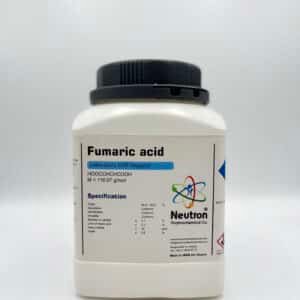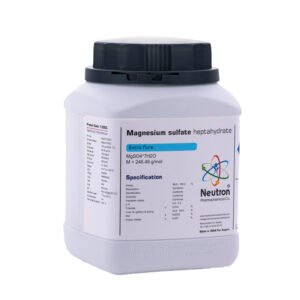Sodium acetate anhydrous is the anhydrous (water-free) form of sodium acetate, a white crystalline solid that is highly soluble in water. It is the sodium salt of acetic acid.
🏭⚗️ Production
Sodium acetate anhydrous is typically produced by neutralizing acetic acid with sodium carbonate or sodium hydroxide, followed by crystallization and drying to remove water content. Industrial production often involves controlled heating to obtain the anhydrous form.
🔬 Properties
Sodium acetate anhydrous appears as a white, odorless crystalline powder. It has a melting point of about 324 °C and is highly soluble in water, where it forms a mildly alkaline solution. It is stable under normal conditions but may absorb moisture and convert to its trihydrate form if exposed to humid air.
🧪 Applications
Sodium acetate anhydrous is used in the textile industry for dyeing and printing fabrics. It acts as a buffering agent in biochemical applications and as a food preservative. It is also used in heating pads and hand warmers due to its exothermic crystallization properties. Additionally, it serves in the manufacture of photographic chemicals and as a neutralizing agent in chemical processes.





